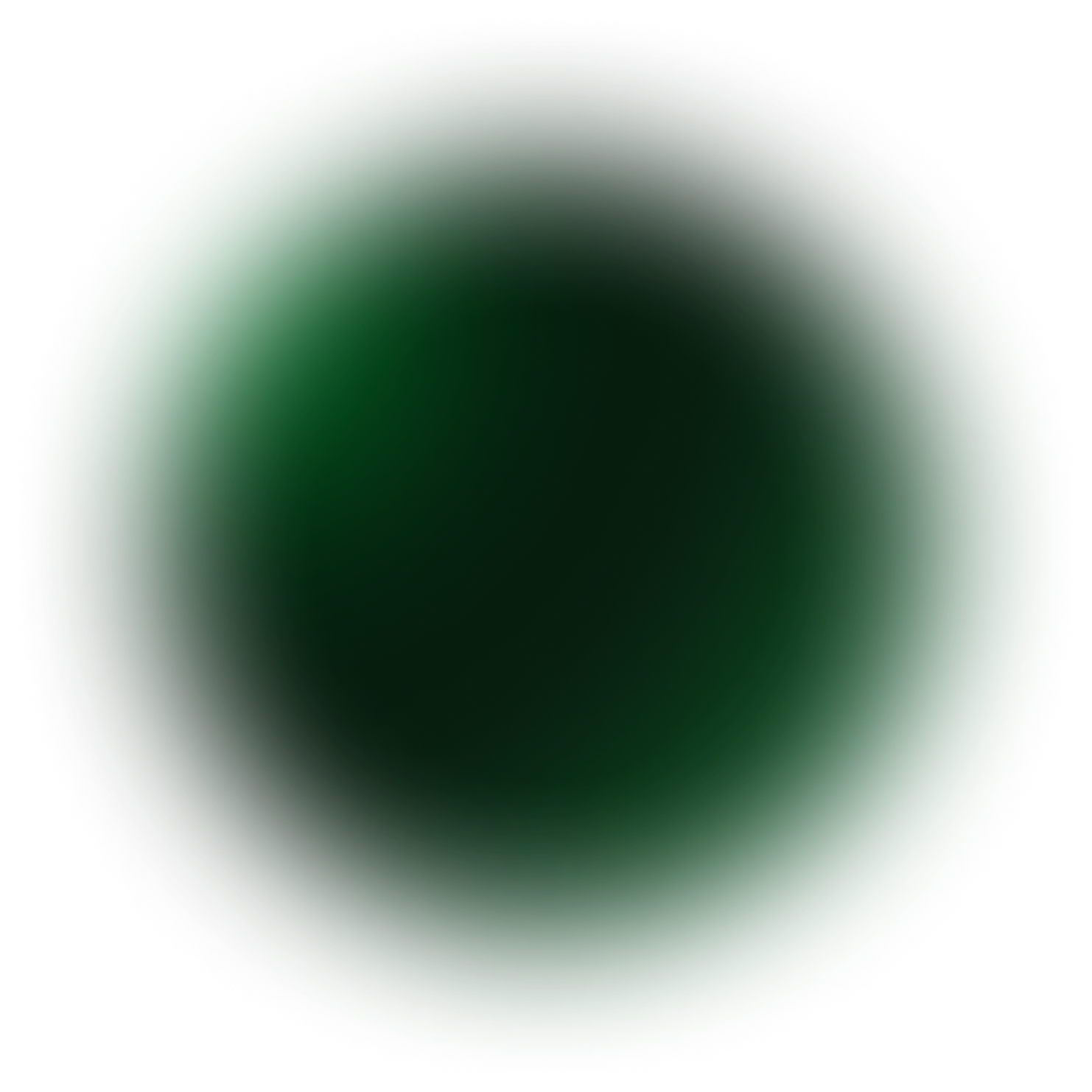
Greek Yogurt Natural (Epigamia) (1 Serving) and Papaya (100 G)
Dinner
103 mg/dL
avg. peak value
Usually causes a small spike
Avg. Food Score on Ultrahuman App
Ultrahuman Users got a STABLE response
How to consume Greek Yogurt Natural, Papaya without glucose spikes
Pair with Nuts
Add a handful of almonds or walnuts to your Greek yogurt and papaya. The healthy fats and protein in nuts can help slow the absorption of sugar.
Include Fiber-Rich Foods
Sprinkle some chia seeds or flaxseeds over your yogurt. These seeds are high in fiber, which can help moderate the rise in blood sugar levels.
Add Berries
Mix in some fresh or frozen berries such as strawberries, blueberries, or raspberries. They are low in sugar and add additional fiber and antioxidants.
Opt for Whole Grains
Consider adding a small amount of unsweetened granola made with whole grains. Whole grains can help provide a more gradual increase in blood sugar.
Use Cinnamon
Incorporate a dash of cinnamon into your yogurt. This spice can enhance flavor without adding sugar and may help improve insulin sensitivity.
Choose Smaller Portions
Reduce the quantity of papaya in your yogurt mix. A smaller serving will naturally result in a smaller glucose spike.
Enjoy with a Protein Source
Consume your yogurt and papaya alongside a protein source like a hard-boiled egg or a slice of turkey. Protein can help stabilize blood sugar levels.
Opt for Unsweetened Yogurt
Ensure that your Greek yogurt is unsweetened and plain to avoid added sugars that can contribute to glucose spikes.
Stay Hydrated
Drink water alongside your meal. Staying hydrated can help your body process sugars more effectively.
Mindful Eating
Eat slowly and chew thoroughly to aid digestion and help your body better manage blood sugar levels.

Discover
metabolic
health with M1
Ultrahuman M1 helps you measure the impact of food and activity on your body in real time through glucose as a biomarker.
Explore Ultrahuman M1Find Glucose response for your favourite foods
Explore OGDbYour cart is empty
Browse through our products and find something for you.
